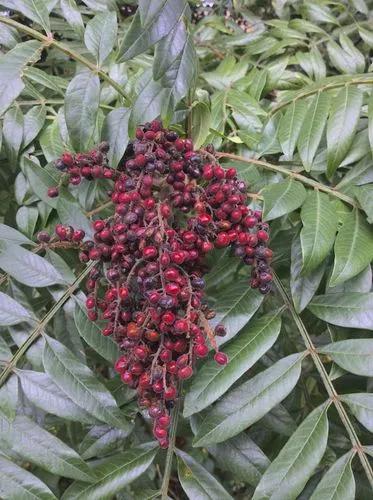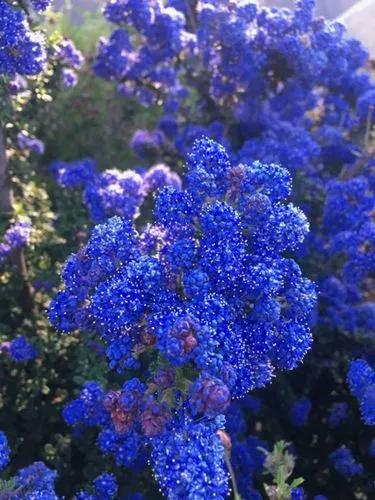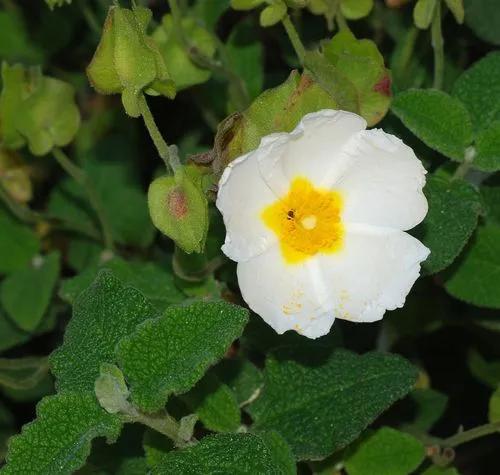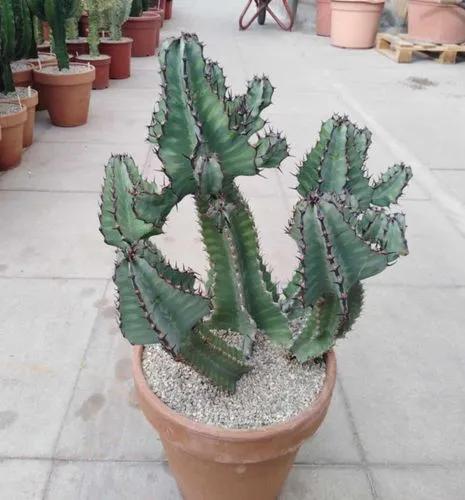Lunaria is a herbaceous annual or perennial plant from the Cruciferous family. Dry stems of the plant are commonly used as interior decorations.
Silver Dollar Plant Care
Lunaria Annua
Other names: Honesty, Silver Dollar, Dollar Plant, Money Plant, Moonwort, Lunaria, Lunaria Biennis



The genus Lunaria includes 3 species of herbaceous biennial and perennial plants. Flowers bloom all spring, and later, silvery buds appear in their place. The plant is valued in dried flower arrangements. Today, the distribution area covers Europe and North America. It can be invasive if planted outside.
How to Care for the Plant

Water

Lunaria needs moderate irrigation. The underground part of the plant might rot as a result of excessive waterlogging.
The perennial Lunaria’s watering needs decrease as the flowers develop. Water the plant in the morning or in the evening to prevent sunburns on the foliage.

Pruning

The Silver Dollar plant doesn’t require pruning. However, the damaged shoots should be removed.

Fertilizer

Fertilize Silver Dollar Plant in its active growth period, from early spring to late summer. Use general-purpose fertilizer.

Sunlight

It is best to grow in an open sunny area as this plant is sun-loving. Partial shade, however, is also acceptable.

Soil

In nature, the Silver Dollar Plant grows in slightly acidic, loose, and nutritious soils rich in humus, mainly in deciduous forests. Try to mimic such a substrate for optimal development of the plant. However, average garden soil with regular fertilization will also be suitable for this plant. Add mulch around the plants for decoration and to keep weeds down.

Propagation

The plant reproduces by seeds. Silver Dollar Plant is seeded in the ground in late spring, early summer, or even mid-summer, an annual. It's crucial to pick seeds that are well-ripened and dark brown. A rosette of leaves develops at the end of the first year of life, and the peduncle arises in the second year.

Temperature

Lunaria is not a capricious plant in terms of air temperature. In temperate climates, it winters in the ground without shelter.

Container

This plant is cultivated outdoors, so it does not require any pot.

Fun fact

The origin of the name comes from the appearance of a rounded, flat fruit-pod, which, after ripening, acquires a grayish tint after ripening. Therefore, the plant was romantically nicknamed. Its common names include Moon plant, Annual Honesty, and Moon grass. Some people also trace the similarity of fruits with a coin, so Lunaria is also called a Silver Dollar Plant.

Popularity

1,159 people already have this plant 236 people have added this plant to their wishlists
Discover more plants with the list below
Popular articles






